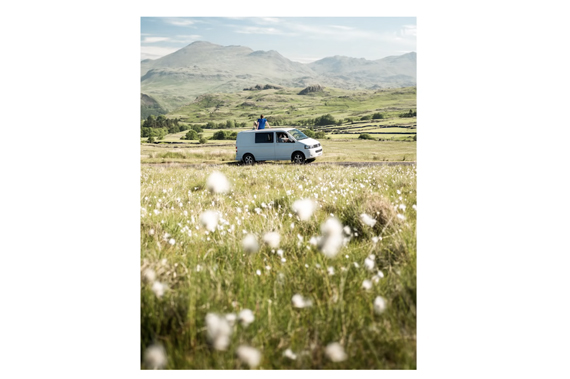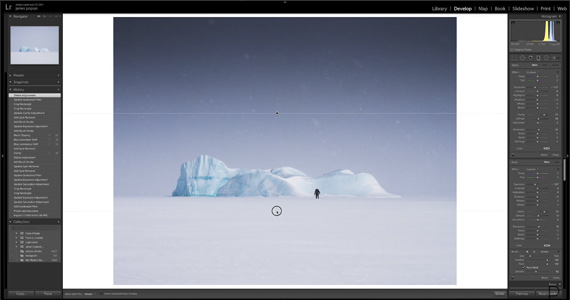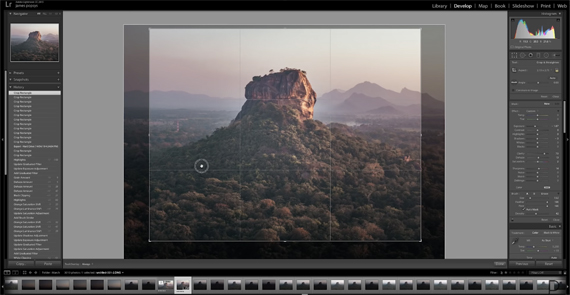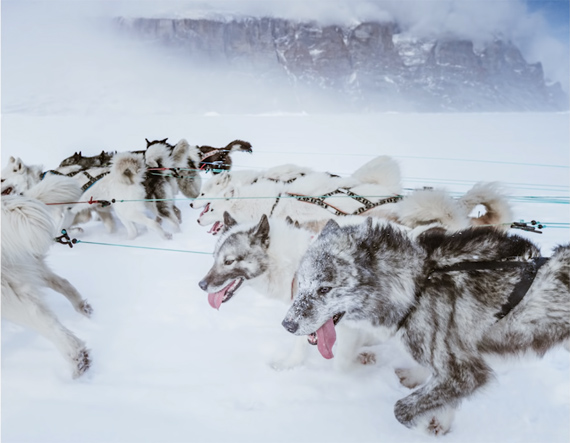The internet is full of photography tips. Some can really help take your photography to the next level. Others, depending on your shooting style, may not be so helpful. Landscape photographer James Popsys lays out some of the worst advice he’s received and why you too might want to give these “rules” a break:
Photography tips can be helpful, especially when we’re beginners. Unfortunately, there’s a tendency to take whatever tips the “experts” claim are the end-all-be-all of photography and never question them. That’s where Popsys’s views are a breath of fresh air, even if you don’t agree with them all.
Here are the tips he’s learned to question over the years:
1. Shoot Wide Open
While there are many benefits to shooting wide open with the fastest lens you can afford, there are also plenty of reasons to stop down.

For one, most lenses aren’t at their best fully wide open. They’ll be sharp at the center but get softer as you approach the edges.
Also, there’s also nothing wrong with wanting to get an entire scene in focus. With portraits, it’s generally a lot easier to stop down just a hair to give yourself some wiggle room for error. The list goes on.
Times when you definitely want to shoot wide open, however, are when you’re needing the most amount of light to hit your sensor without cranking up your ISO too high.
2. Pick a Style
Personally, I always thought that style developed over time, but Popsys apparently heard this a number of times. It makes as much sense to him as it does to me, that is, very little. It makes much more sense to shoot according to your interest and curiosity. As Popsys says,
“It should be a decision you come to over the course of years of experimentation.”
3. Always Use a Tripod
“It’s not absolutely factual that you’ll get better photos when you use one, apart from when you’re shooting in the dark.”
It’s certainly true that modern cameras have come a long way with image stabilization, and many shots that were previously impossible without a tripod are now quite doable. It’s also true that carrying around a tripod when on the go is a hassle at the best of times.
At the same time, there are plenty of times when you absolutely need a tripod. Try shooting on a Canon 600mm f/4 lens without a tripod, for instance–good light or bad. Or how about natural light macro photography? Or HDR? Or long exposure photography? There are real reasons to use a tripod. When to do so depends on what you’re shooting and why.
4. Use Filters
This seems like another tip that’s mostly for landscape photographers. (That’s certainly the only time I use any filter other than a polarizer or UV filter.)

In this case, it all depends on whether you really wants to get things right in camera or you’re happier making changes in post-processing.
“You’ll need a filter for smoothing out water and for removing glare, but outside of that…you can do just about everything in post-production.”
5. Use Expensive Cards
Generally, the more expensive your SD card, the faster its read/write speed and the higher its storage capacity. Unless you’re shooting 4k video or action shots in continuous mode that quickly fill up your buffer, you’re likely to not need the more expensive cards. At any rate, it’s helpful to have a number of cheaper cards around just in case you forget your 256gb UHS-II and leave it at home.
6. Nail Your Composition In-Camera
For those who like to get everything perfect in-camera, it’s sometimes easy to over-fixate on focal length, framing, etc. So much so that it’s easy to spend too much time on a single shot.

Popsys says to get “roughly the composition you’re looking for and then go a little bit wider than that to make room for cropping and aspect ratios, and the like.”
There are a number of benefits to this. One, it gives you many more options in post-processing. Sometimes the composition we think looks the best in-camera isn’t the best one. Having some room to make other crops can really make a difference.
Not obsessing too much over every single shot will also allow you the opportunity to take more shots in a day and/or shoot from other locations.
7. Only Shoot When the Sky is Fire
If you’re an outdoors photographer you’ve probably had shoot during the golden and/or blue hour drilled into you, but there are many more options out there.

As Popsys says, “Stories happen 24 hours a day. There are always things to take photos of regardless of whether you have orange skies or not.” Don’t let yourself be boxed into shooting during just one or two times a day.
8. Shoot Raw Always
This tip is also a matter of personal preference and more importantly, what you’re intending to do with your photos. Are they just snaps or are you looking to land a portfolio shot? It’s true that modern cameras have amazing jpeg abilities these days. Fujifilm camera users, in particular, tend to love their jpegs. In the end, it comes down to how much post-processing you want to do. If you want full creative control, you’re going to need to shoot in raw.
9. Sensors are Everything
With all the research and development going into creating bigger and better sensors, it’s easy to get caught up into the hype. And it’s true that full frame and medium format sensors capture far more detail than cropped sensor cameras. Still, Popsys has a point that making a good image is really more about timing, preparation, and skill than having a phenomenal sensor.
“Choose the sensor that fits into a camera that works for you and fits into your workflow. Then learn how to make that sensor work for the scenes you like to shoot.”
Obviously, many of these tips are good for many people. For example, I prefer to shoot only in raw when possible. I also like my 10-stop ND filter and shooting when the “sky is fire.” The problems come, I think, when we take these ideas as immutable truth. It’s probably much more helpful to hold these tips gently, adapting each one to your shooting style as you gain more experience.
What do you think?
Go to full article: Don’t Listen to Every Photography Tip You Hear
What are your thoughts on this article? Join the discussion on Facebook
PictureCorrect subscribers can also learn more today with our #1 bestseller: The Photography Tutorial eBook
The post Don’t Listen to Every Photography Tip You Hear appeared first on PictureCorrect.
from PictureCorrect http://bit.ly/2XLmQ1d
via IFTTT






0 kommenttia:
Lähetä kommentti